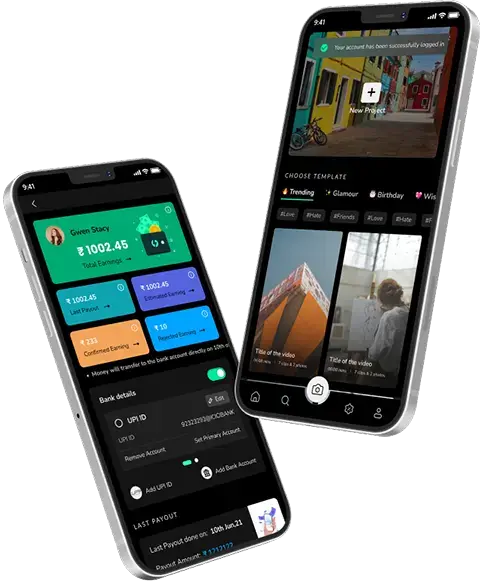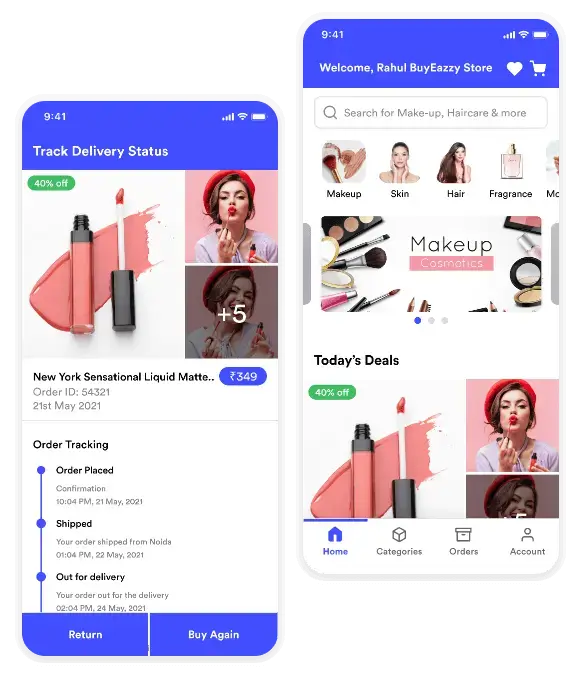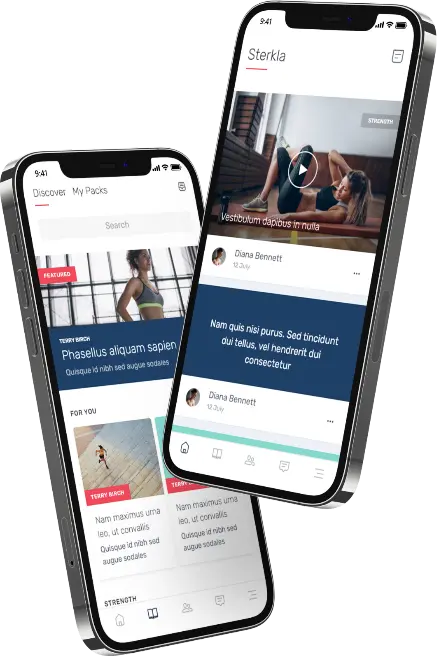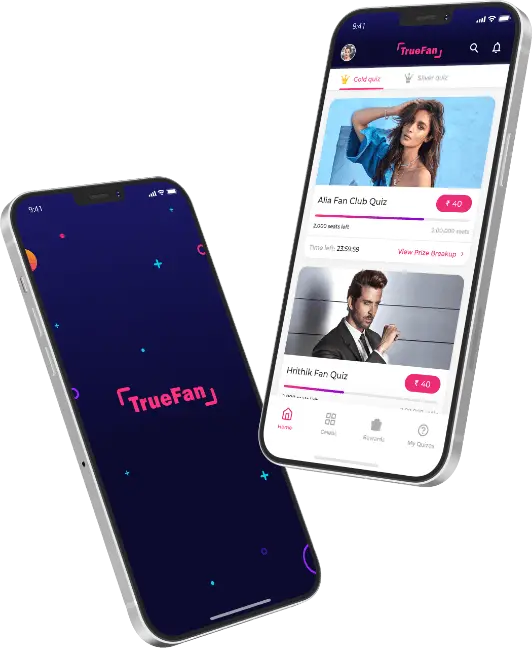1 Jul 2016
Updated on July 24th, 2019
Eradicating Gender Digital Disparity

Brigham Young said, “You educate a man, you educate a man. You educate a woman, you educate a generation”, when I look at this statement, it sounded surreal to me, back in teens. How come woman education lead to a generation education, I found it rhetorical merely?
But my growing years made me realize the truth lies behind the statement, when I looked around my vicinity and found the negligence and the lack of awareness crowding abruptly in the society. I agreed that an educated woman has the skills, information and self-confidence that she needs to be a better parent, worker and citizen. I yearn to create awareness through technology, since technology is where my forte lies. I am not a typical feminist, but I know the relevance of women education in not just in India, but every society. Recently, I read an interesting piece on internet, stating that India will be the brightest spot globally for smartphone companies in 2016. When sales of such devices are forecast to grow at 29%, while the global growth is estimated to be tepid at about 7% to 1.9 billion units. Given this scenario, I think how it is possible when a large chunk of population in India, especially of women section is still uneducated or have no reach to internet. If I talk about the rural India, where the maximum potential exists but unfortunately due to the scarcity of resources, much of the talent go unnoticed. Had there been a proper channel to source the knowledge to ruralizes, a noticeable change could be acquired.
But sooner, an another interesting fact was established by the tech-world- Internet search giant Google has tied up with Tata Trusts in rural areas of India, where girls have now been trained to use the Internet and teach others in turn. The initiative plans to reach 45,000 villages and 5,000,000 women in rural communities over the next 18 months.
Named “Internet Saathi,” the initiative will use “Internet Cycle Carts”, bicycles basically, to reach rural villages and educate women on the basic benefits of using the internet. On the back of each bicycle is a cart that carries resources needed to educate the women. For a minimum of two days a week for four to six months, local women will be able to learn for free from the bicyclist, or “Internet Saathi.” In order to ensure efficient communication, the bicyclist will be a trainer sourced from a local NGO or community group. Bikes will work in clusters of three villages at a time. After making sure that the women are able to use internet devices independently, the cycle carts will move on to the next cluster.
I truly believe, this initiative would let the Indian women become educated and being of bringing socio-economic changes. So, now we all can hope for better days while all women of our country will be enlightened and educated and will soon be reading this blog in some remote corner of our country.
Till then let’s keep our fingers crossed and hope for the best…
Preeti Singh
Get in touch.
Write Us
sales@techugo.comOr fill this form



 SA
SA  KW
KW  IE
IE AU
AU UAE
UAE UK
UK USA
USA  CA
CA DE
DE  QA
QA ZA
ZA  BH
BH NL
NL  MU
MU FR
FR 




















